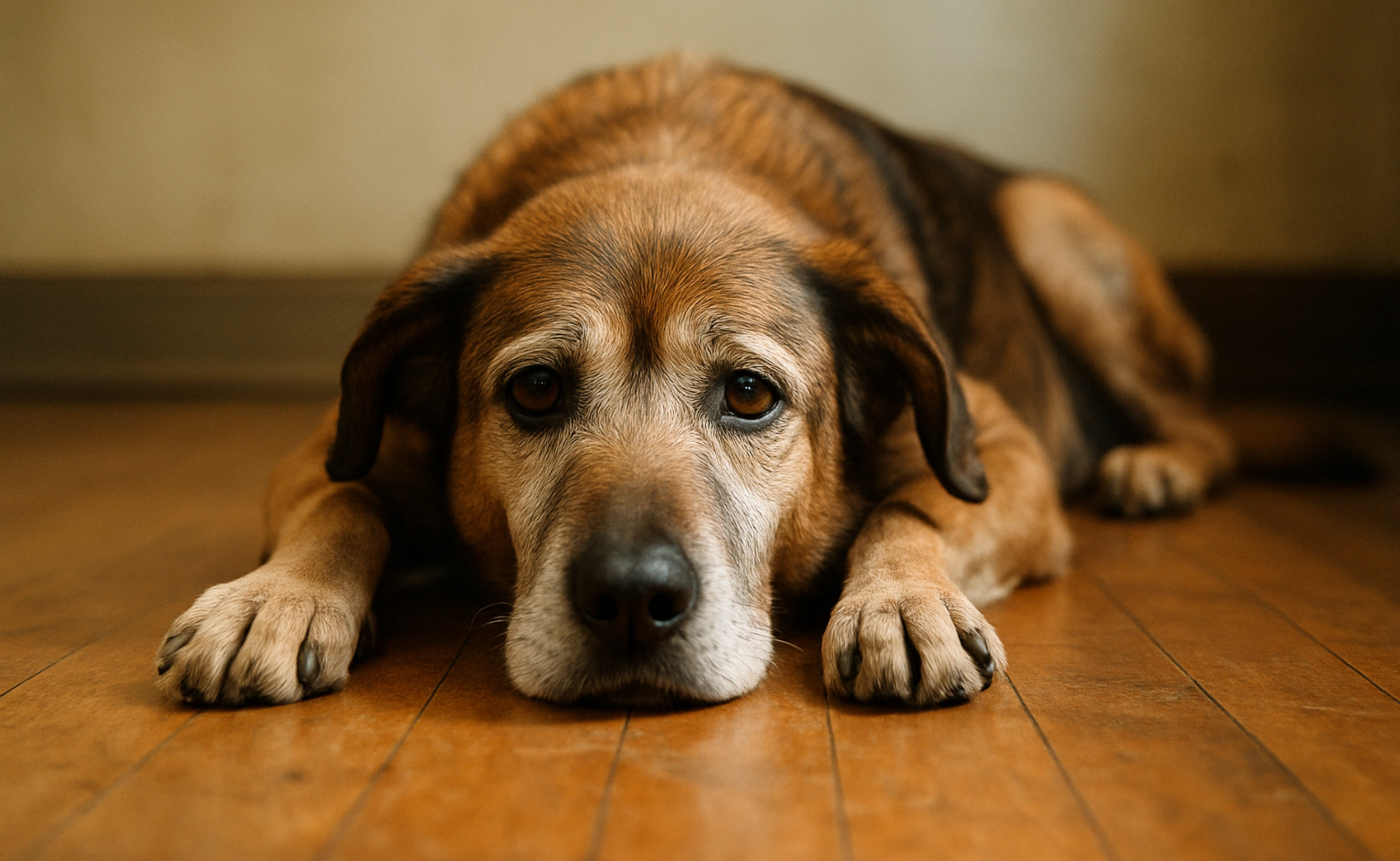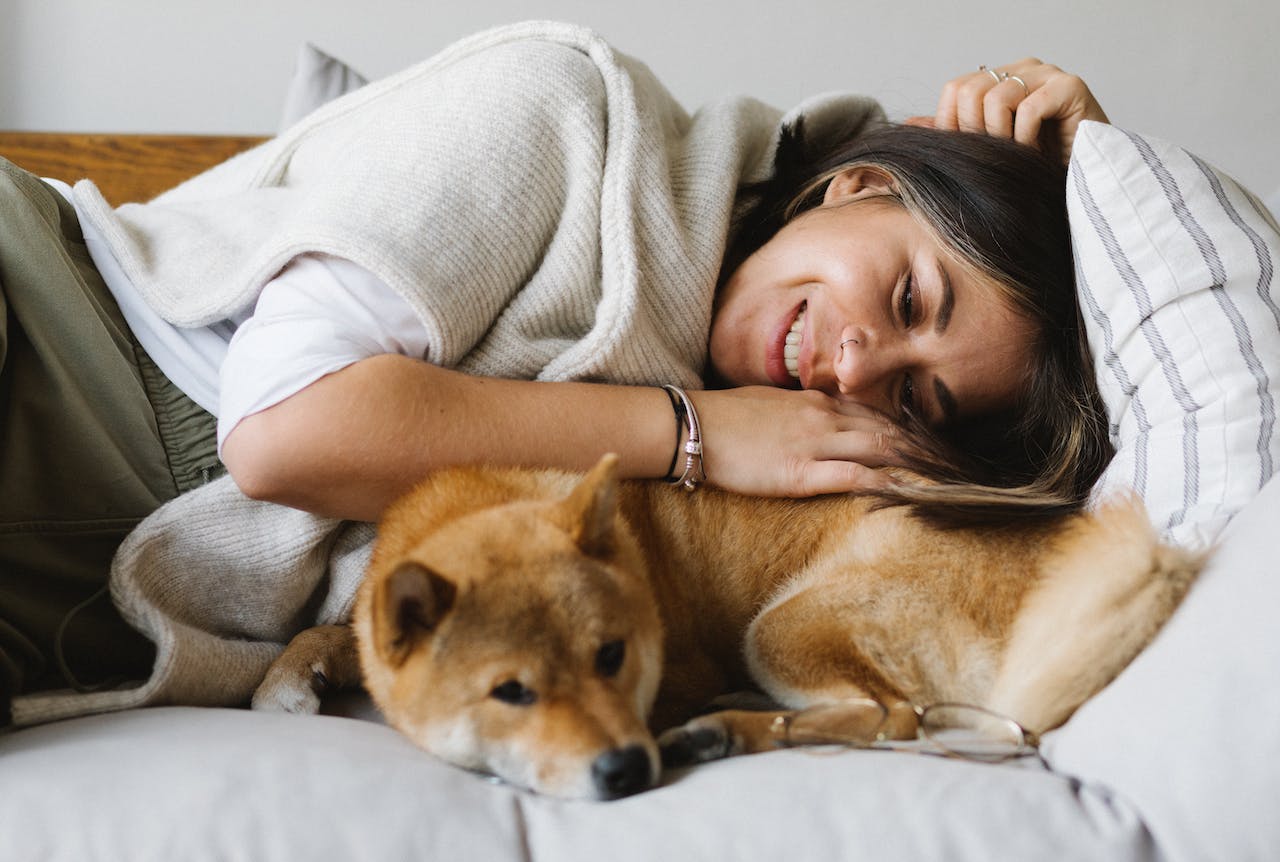
Sizing Up Sleep: Choosing the Right Dog Bed

Choosing the right dog bed is essential for ensuring your furry friend gets a good night's sleep. By understanding your dog's sleeping habits, selecting the right size bed, exploring different types of dog beds, and enhancing their sleep quality, you can create a comfortable and cozy sleeping environment for your beloved pet.
Key Takeaways
- Observing your dog's preferred sleeping positions can help you choose a bed that accommodates their unique sleeping habits.
- Measuring your dog for the perfect fit ensures they have enough space to stretch out comfortably.
- Orthopedic dog beds are ideal for senior dogs to provide extra support and comfort for their aging joints.
- Adding cozy blankets and pillows to the bed can enhance your dog's sleep quality and make them feel more secure.
- Establishing a consistent bedtime routine can help regulate your dog's sleep patterns and promote better rest.
You may also like: Top 10 Reasons Behind Dogs' Excessive Sleeping Habits
Understanding Your Dog's Sleeping Habits
Observing Your Dog's Preferred Sleeping Positions
To select the perfect bed, start by observing your dog's sleeping habits. Dogs, much like humans, have preferred sleeping positions that can vary from curled up in a ball to stretched out on their side. Take note of these positions over several days to understand what type of support and bed size they will need.
- Curled up: A smaller, round bed may be ideal.
- On the side: A rectangular bed that allows them to stretch out could be better.
- On the back: A bed with extra cushioning for their spine and head might be preferred.
Remember, dog bed sizes range from small to giant, catering to different breed sizes. It's essential to match the bed size not only to your dog's size but also to their preferred sleeping position. This attention to detail will ensure they have a comfortable spot to rest and rejuvenate.
Recognizing Signs of Discomfort in Your Dog's Sleep
It's crucial to be vigilant about your dog's sleep behavior, as it can be a telling sign of their overall comfort and health. Watch for any changes in their sleeping patterns, which might indicate discomfort or pain. A dog in distress may not settle easily or may frequently change positions throughout the night.
Look for these signs that your dog might be experiencing discomfort while sleeping:
- Whining or whimpering during sleep
- Restlessness or frequent waking
- Seeking more attention than usual or withdrawing socially
If you notice any of these behaviors, consider consulting your veterinarian to rule out any underlying health issues. Remember, a comfortable dog is a happy dog, and ensuring they have a proper bed is a step towards that comfort.
You may also like: Top Dog Breeds That Love to Sleep A Lot
Creating a Comfortable Sleep Environment for Your Dog
To ensure your furry friend gets a restful night's sleep, it's essential to create a sleep environment that caters to their needs. Consider the room temperature, as dogs are sensitive to heat and cold. A moderate temperature can help your dog settle down comfortably.
When selecting a bed, keep in mind that dog bed sizes range from small to giant, catering to different breed sizes. It's important to choose a size that allows your dog to stretch out or curl up as they prefer. Additionally, consider accessories like an orthopedic dog bed for extra support, and perhaps a waterproof blanket to protect the bed and add a layer of comfort. These items not only enhance your pet's comfort but also blend with your home decor.
Lastly, make sure the bed is placed in a quiet area away from high traffic. A consistent location helps your dog understand that this is their safe space for relaxation and sleep.
Choosing the Right Size Dog Bed
Measuring Your Dog for the Perfect Fit
To ensure your furry friend's utmost comfort, it's essential to measure your dog accurately before purchasing a bed. Start by measuring from the tip of their nose to the base of their tail while they're in a relaxed, natural position. Add a few inches to this measurement to give them room to stretch and turn. Next, measure the width of your dog at the widest point, usually around the chest or hips, and again, add a few inches for comfort.
Keep these measurements handy when shopping for a dog bed. It's crucial to compare your dog's measurements against the product size chart to avoid choosing a bed that's too small or excessively large. A bed that's just right will support your dog's joints and allow them to get in and out with ease, contributing to a good night's sleep.
Considering Your Dog's Age and Health Needs
When selecting a dog bed, it's crucial to consider the age and health of your furry friend. Puppies, for instance, may require extra padding to support their developing bodies, while older dogs often benefit from orthopedic beds that provide joint support and ease arthritis pain.
- For puppies: Look for a bed with durable, chew-resistant material and ample cushioning.
- For senior dogs: An orthopedic or memory foam bed can offer the necessary support for aging joints.
- For dogs with health issues: Waterproof or water-resistant beds are ideal for pets with incontinence issues.
Always consult with your veterinarian to understand your dog's specific health needs and to ensure the bed you choose will contribute to their overall well-being and comfort.
Selecting the Right Material for Your Dog's Bed
The material of your dog's bed is not just about aesthetics; it's about comfort and durability too. Choose a fabric that suits your dog's needs and your home's decor. For instance, a waterproof material is ideal for puppies in training or older dogs with incontinence issues.
Consider these factors when selecting material:
- Ease of cleaning: Look for machine-washable fabrics.
- Durability: Strong materials like canvas resist chewing and tearing.
- Comfort: Soft fabrics like fleece provide warmth for dogs that get cold easily.
Remember, dog bed sizes range from large to giant, suitable for various breeds. Some beds come as a bundle, including orthopedic options and accessories like a waterproof blanket, enhancing your pet-friendly home decor.
Exploring Different Types of Dog Beds
Orthopedic Dog Beds for Senior Dogs
As your dog enters its golden years, comfort during sleep becomes increasingly important. Orthopedic dog beds are designed to provide the support and cushioning that aging joints need. These beds often feature memory foam or other supportive materials that conform to your dog's body, offering relief from arthritis or hip dysplasia.
When selecting an orthopedic bed, consider the following:
- The bed should be easy for your dog to get in and out of, with a low profile if necessary.
- Look for beds with removable covers for easy cleaning, as senior dogs may have incontinence issues.
- Ensure the bed is the right size, allowing your dog to stretch out fully without hanging off the edges.
Remember, a quality orthopedic bed is an investment in your dog's health and well-being. Pairing these beds with waterproof blankets can also protect them from accidents and extend their lifespan. With the right bed, your senior dog can enjoy restful sleep night after night.
Elevated Dog Beds for Cooling and Support
If your furry friend tends to overheat or needs extra support, an elevated dog bed might be the perfect solution. Unlike traditional beds, these are raised off the ground, promoting airflow from all angles. This design can help keep your dog cool, especially during warmer months or in hotter climates.
- Promotes airflow: The raised design allows air to circulate freely, which is essential for temperature regulation.
- Supportive: Elevated beds often come with a sturdy frame, providing firm support for your dog's joints.
- Versatile: They are suitable for both indoor and outdoor use, making them a flexible option for any living situation.
When selecting an elevated bed, consider the durability of the materials and ensure it can support your dog's weight.
Washable Dog Beds for Easy Maintenance
Keeping your dog's bed clean is as important as choosing the right size and type. Washable dog beds offer a practical solution for pet owners who value hygiene and convenience. These beds are designed to withstand regular cleaning, ensuring your furry friend always has a fresh place to rest.
- Look for beds that come with removable covers for easy washing.
- Ensure the bed's material is durable enough to handle frequent laundering.
- Some beds even come as a bundle, including a waterproof blanket that's ideal for dogs prone to accidents or spills.
Always follow the care instructions provided by the manufacturer to maintain the bed's integrity and comfort. Not only do washable dog beds promote a clean sleep environment, but they also contribute to your home's overall pet decor.
Enhancing Your Dog's Sleep Quality

Adding Cozy Blankets and Pillows to the Bed
Once you've selected the perfect bed, adding cozy blankets and pillows can further enhance your dog's comfort. These additions not only provide extra warmth but also offer a sense of security, especially for dogs that like to nest or burrow.
- Choose blankets that are soft and warm, yet lightweight enough not to overwhelm your pet.
- Opt for pillows that are firm enough to support your dog's head, but soft enough for comfort.
- Consider the style and color of these accessories to complement your home decor.
Remember, the goal is to create a sleep sanctuary that caters to your dog's preferences. With the right combination of bed, blankets, and pillows, your furry friend is sure to enjoy a restful night's sleep.
Incorporating Calming Scents for Relaxation
Creating a serene atmosphere for your dog's sleep can be greatly enhanced by the use of calming scents. Aromatherapy for pets has gained popularity, and for good reason. Certain fragrances, such as lavender, are known to have a soothing effect that can help ease your dog into a restful state before bedtime.
Consider the following steps to introduce calming scents into your dog's sleep routine:
- Start by selecting a pet-safe essential oil or a specially designed pet aromatherapy diffuser.
- Place the diffuser in the room where your dog sleeps, ensuring it's out of reach to prevent any accidents.
- Introduce the scent gradually to ensure your dog responds positively and does not show signs of irritation or discomfort.
Remember, while calming scents can be beneficial, they should be used in moderation and with care. Always consult with your veterinarian before introducing any new elements to your dog's environment, especially if your dog has a history of allergies or sensitivities.
Establishing a Consistent Bedtime Routine
Just as humans benefit from a regular sleep schedule, your dog will thrive with a consistent bedtime routine. Start by choosing a specific time each night for your dog to go to bed, and stick to it as closely as possible. This regularity helps set your dog's internal clock and makes it easier for them to fall asleep quickly and stay asleep throughout the night.
To create a calming environment, ensure the sleeping area is quiet and dark. Close the blinds or curtains and turn off any bright lights. You might also consider a white noise machine or a soft music playlist specifically designed for dogs to help drown out any disruptive sounds.
Here are a few steps to incorporate into your dog's nightly routine:
- Last call for bathroom breaks to prevent middle-of-the-night wake-ups.
- A gentle grooming session to help them relax.
- A quiet cuddle or petting time to signal that it's time to wind down.
Remember, consistency is key. A predictable routine will signal to your dog that it's time to rest, leading to a better night's sleep for both of you.
Final Thoughts
In conclusion, selecting the right dog bed is crucial for ensuring your furry friend gets the quality sleep they need. By considering factors such as size, material, and sleeping habits, you can provide your dog with a comfortable and supportive sleeping environment. Remember, a well-rested dog is a happy and healthy dog!
Share this article
written by


